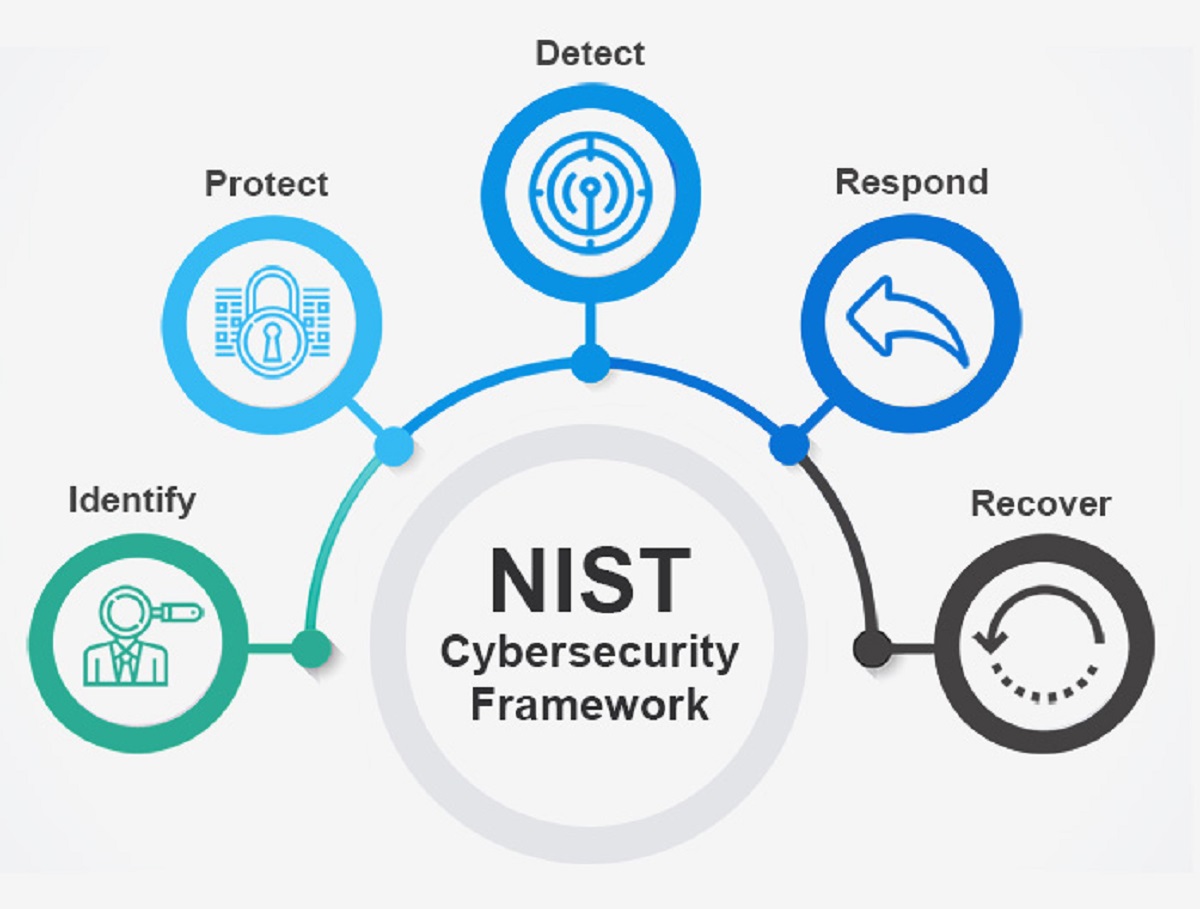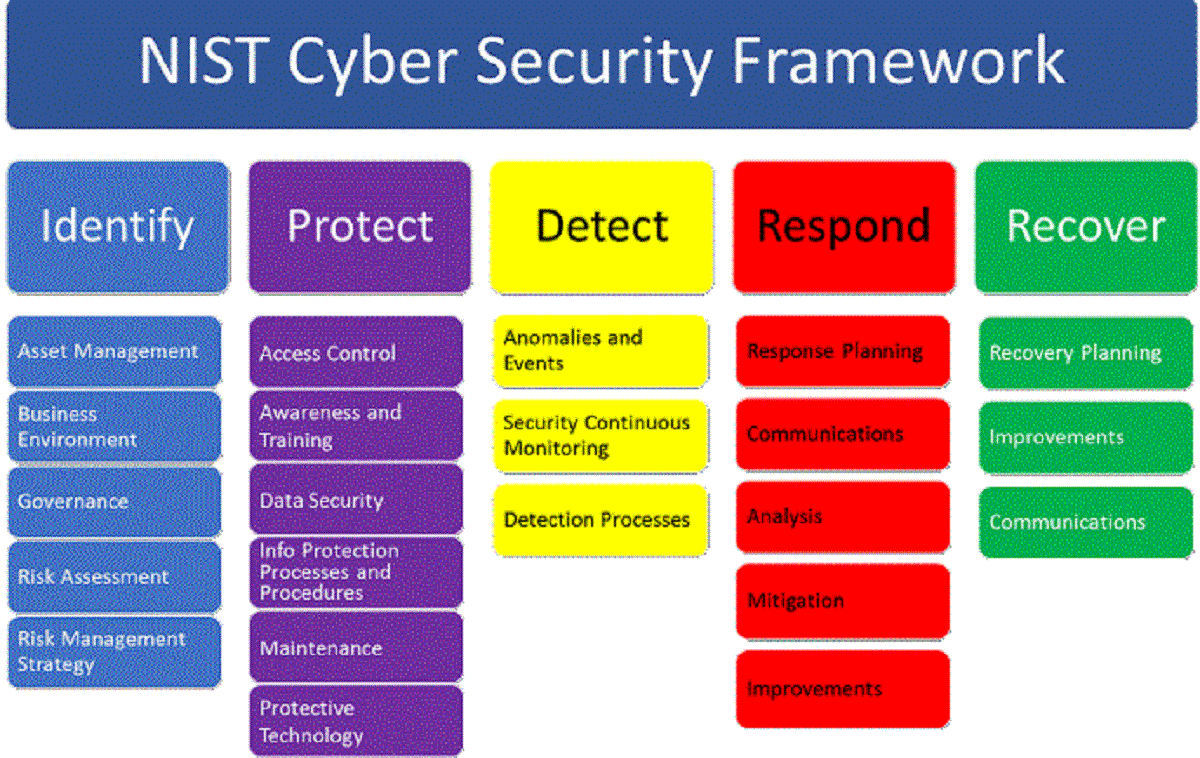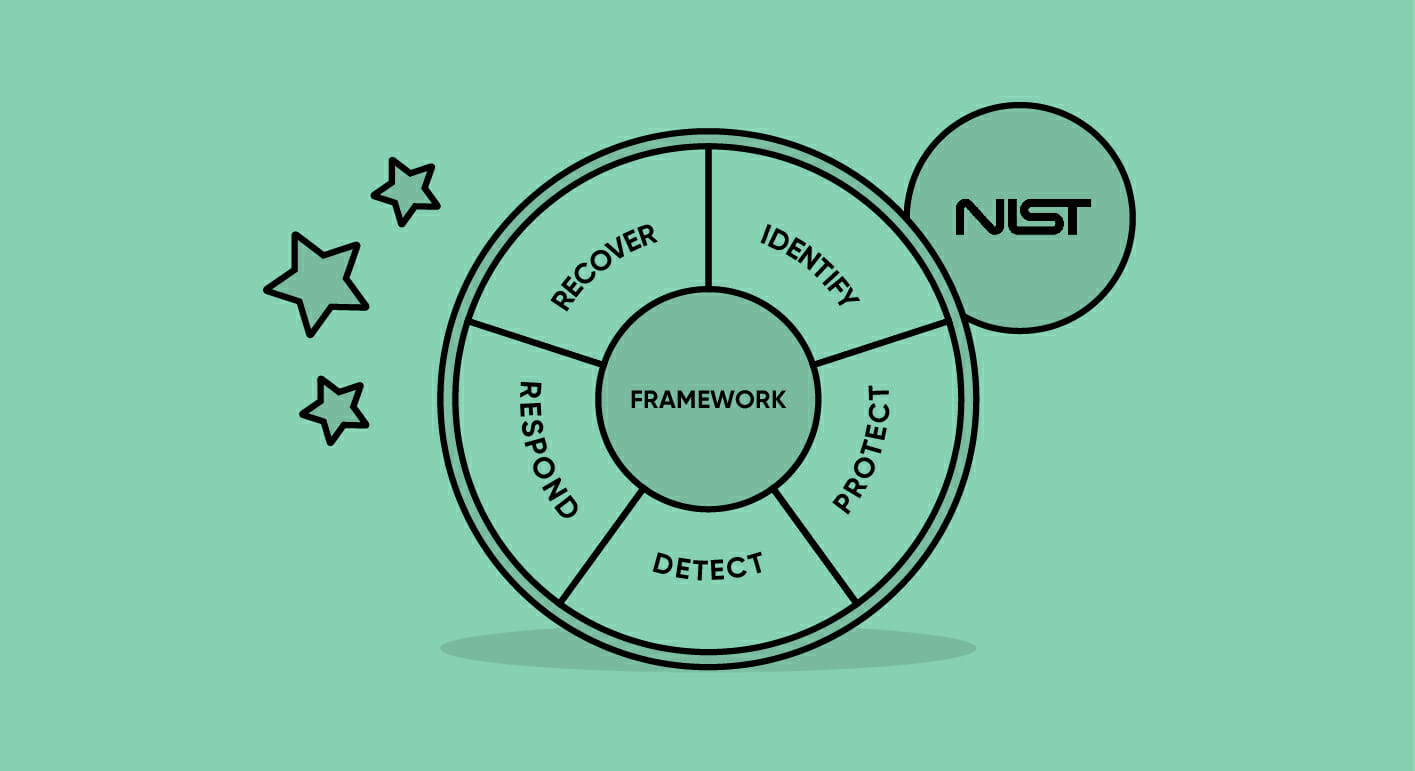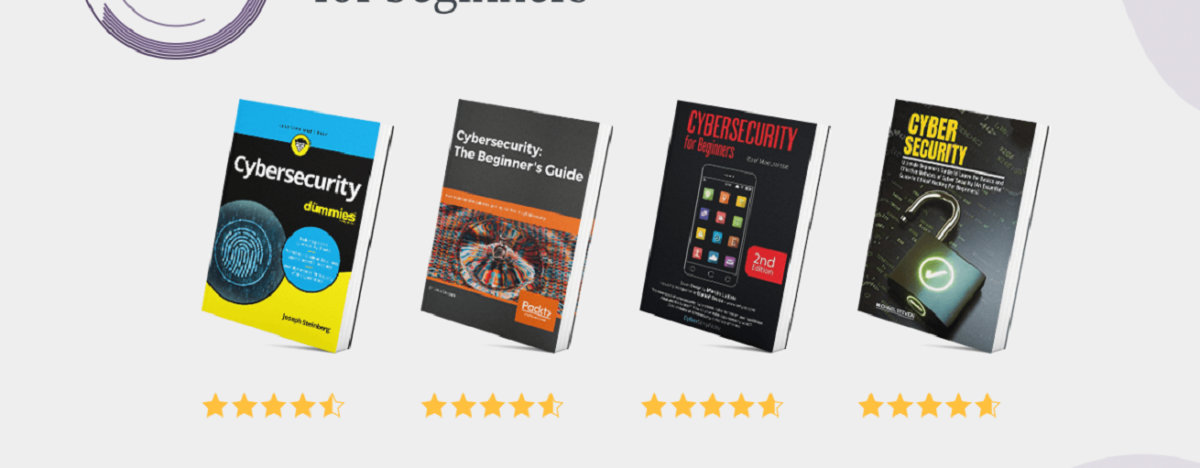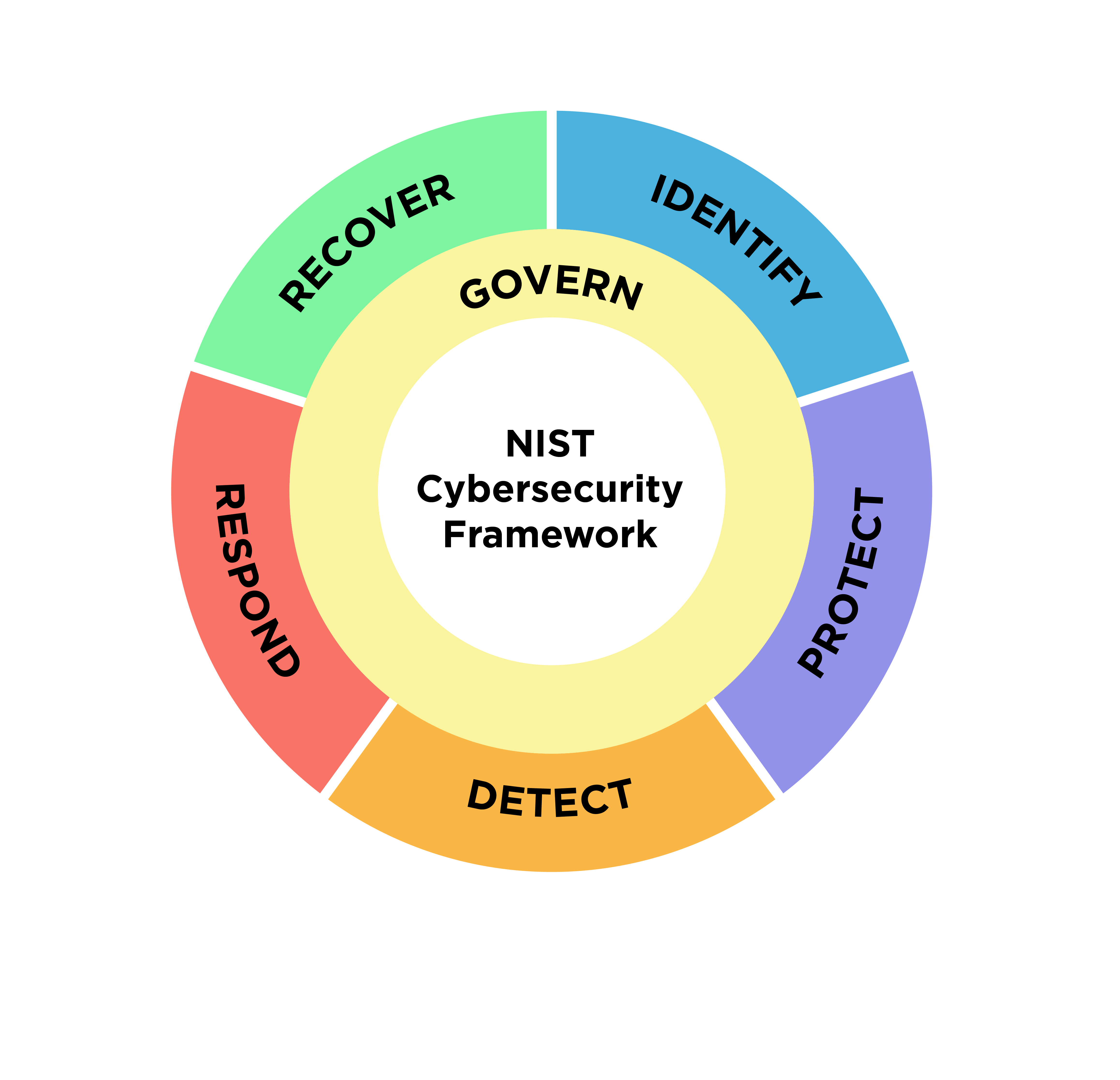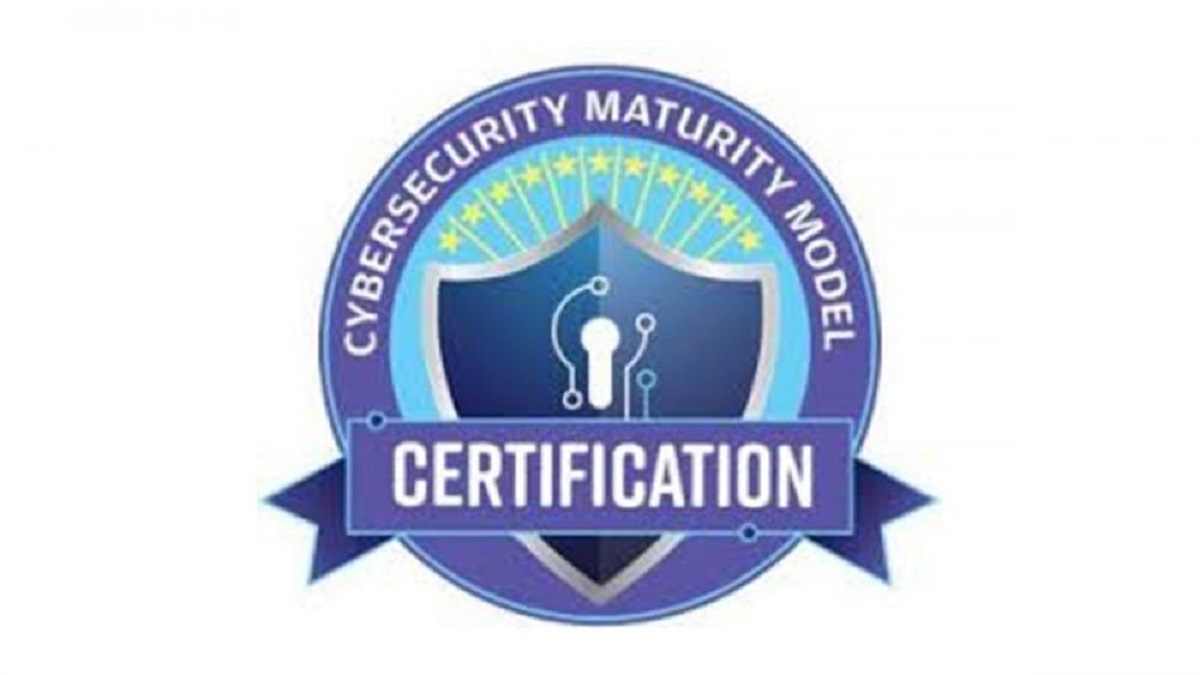Introduction
The NIST Cybersecurity Framework is a set of best practices, guidelines, and standards developed by the National Institute of Standards and Technology (NIST) to help organizations effectively manage and improve their cybersecurity posture. With the increasing frequency and sophistication of cyber threats, it has become crucial for businesses to establish a robust cybersecurity framework to protect their sensitive data and information.
As technology continues to advance, so do the methods used by cybercriminals to exploit vulnerabilities and gain unauthorized access to systems and networks. The NIST Cybersecurity Framework provides a comprehensive approach to managing cybersecurity risks by offering a standardized set of guidelines and processes that organizations can adopt to identify, protect, detect, respond to, and recover from cyber incidents.
This framework serves as a valuable resource for organizations across different industries, irrespective of their size or level of cybersecurity maturity. It offers a structured and systematic approach to cybersecurity, allowing organizations to align their cybersecurity programs with business objectives, regulatory requirements, and industry best practices.
Implementing the NIST Cybersecurity Framework not only helps organizations enhance their resilience against cyber threats but also builds trust with customers, partners, and stakeholders. By demonstrating a commitment to cybersecurity and following industry-recognized best practices, organizations can gain a competitive edge in the market and create a secure environment for their operations.
In this article, we will explore the key components of the NIST Cybersecurity Framework, understand its benefits, and discuss the challenges faced in its implementation. By the end, you will have a solid understanding of the NIST Cybersecurity Framework and how it can be leveraged to strengthen your organization’s cybersecurity defenses.
What is the NIST Cybersecurity Framework?
The NIST Cybersecurity Framework is a set of guidelines, standards, and best practices developed by the National Institute of Standards and Technology (NIST) to help organizations manage and mitigate cybersecurity risks. It provides a flexible framework that can be tailored to address the unique cybersecurity challenges faced by different organizations.
At its core, the NIST Cybersecurity Framework focuses on five key functions:
- Identify: This function involves understanding and managing cybersecurity risks to systems, assets, data, and capabilities. Organizations are encouraged to conduct regular risk assessments and develop an inventory of their critical assets and systems.
- Protect: The protect function aims to implement safeguards to ensure the delivery of essential services and minimize the impact of cyber incidents. This includes measures such as access controls, data encryption, secure configurations, and employee awareness training.
- Detect: Organizations should have measures in place to identify the occurrence of cybersecurity events promptly. This can involve implementing security monitoring systems, conducting threat intelligence analysis, and establishing incident response capabilities.
- Respond: Once a cybersecurity event is detected, organizations need to have an established and well-documented response plan. This includes actions to mitigate the impact of the incident, notify affected parties, and initiate recovery processes.
- Recover: The recover function focuses on restoring services and capabilities after a cybersecurity incident. This involves analyzing the incident, implementing corrective actions, and learning from the incident to improve future cybersecurity practices.
The NIST Cybersecurity Framework is built on industry standards and practices, providing organizations with a solid foundation for managing cybersecurity risks. It encourages a proactive and risk-based approach to security and helps organizations prioritize their cybersecurity efforts based on their specific business needs and risk tolerance.
While the NIST Cybersecurity Framework is voluntary, many organizations worldwide have adopted it as a best practice for managing cybersecurity risks. The framework can be applied to various sectors, including government entities, critical infrastructure, healthcare, finance, and more.
In the next sections, we will delve deeper into the reasons behind the creation of the NIST Cybersecurity Framework, its core components, implementation strategies, benefits, and challenges.
Why was the NIST Cybersecurity Framework created?
The NIST Cybersecurity Framework was created in response to the growing need for organizations to effectively manage cybersecurity risks and protect digital assets. The framework was developed following an executive order issued by the President of the United States in 2013, which recognized the critical role of cybersecurity in securing the nation’s infrastructure and economy.
Prior to the creation of the NIST Cybersecurity Framework, there was a lack of consistent cybersecurity standards and practices across industries. This made it difficult for organizations to effectively measure and improve their cybersecurity capabilities. The framework was designed to address this gap and provide a common language and set of guidelines that organizations could adopt.
One of the primary objectives of the NIST Cybersecurity Framework is to promote cybersecurity best practices and facilitate information sharing between the public and private sectors. By providing a standardized framework, NIST aims to improve the overall cybersecurity posture of organizations and enhance the resilience of critical infrastructure.
The framework was also developed to help organizations align their cybersecurity efforts with business objectives and regulatory requirements. It takes into account the diverse needs and risk profiles of different organizations, allowing them to tailor their cybersecurity programs accordingly. Whether an organization is large or small, in the private or public sector, the NIST Cybersecurity Framework provides a flexible approach that can be customized to meet specific needs.
Another reason for the creation of the framework was to foster a proactive approach to cybersecurity. It encourages organizations to identify and prioritize cybersecurity risks, implement preventive measures, and establish incident response capabilities. By taking a proactive stance, organizations are better prepared to detect and respond to cyber threats before they cause significant damage.
Overall, the NIST Cybersecurity Framework was created to address the evolving landscape of cyber threats and provide organizations with a comprehensive and flexible framework for managing cybersecurity risks. It aims to promote the adoption of best practices, improve information sharing, and enhance the overall cybersecurity resilience of organizations and critical infrastructure.
The Core Components of the NIST Cybersecurity Framework
The NIST Cybersecurity Framework consists of five core components that provide organizations with a structured approach to managing cybersecurity risks. These components are:
- Identify: This component focuses on understanding and managing cybersecurity risks to the organization’s systems, assets, data, and capabilities. It involves conducting risk assessments, developing an inventory of critical assets, and establishing a baseline for current cybersecurity practices.
- Protect: The protect component aims to implement safeguards to ensure the delivery of essential services and minimize the impact of cybersecurity incidents. This includes measures such as access controls, data encryption, secure configurations, and employee awareness training. The protect component focuses on implementing proactive measures to prevent an attack or minimize its impact.
- Detect: Organizations should have measures in place to detect the occurrence of cybersecurity events promptly. This includes implementing security monitoring systems, conducting threat intelligence analysis, and establishing incident response capabilities. The detect component helps organizations identify and respond to cybersecurity incidents in a timely manner.
- Respond: Once a cybersecurity event is detected, organizations need to have an established and well-documented response plan. This includes actions to mitigate the impact of the incident, notify affected parties, and initiate recovery processes. The respond component focuses on effectively managing an incident to minimize the damage and restore normal operations as quickly as possible.
- Recover: The recover component focuses on restoring services and capabilities after a cybersecurity incident. This involves analyzing the incident, implementing corrective actions, and learning from the incident to improve future cybersecurity practices. The recover component aims to bring the organization back to normalcy and strengthen its resilience against future incidents.
These core components are interconnected and iterative, meaning they should be continuously reviewed, updated, and improved upon based on changes in the organization’s risk landscape and cybersecurity maturity. They provide a holistic framework that covers the entire cybersecurity lifecycle, from risk identification and prevention to incident response and recovery.
By implementing the core components of the NIST Cybersecurity Framework, organizations can enhance their cybersecurity posture, improve their ability to prevent and detect cyber threats, respond effectively to incidents, and recover from any damage. The framework provides organizations with a common language and set of best practices to effectively manage their cybersecurity risks while accounting for their unique needs and risk tolerance.
In the next section, we will explore the steps organizations can take to implement the NIST Cybersecurity Framework within their own environments.
How to Implement the NIST Cybersecurity Framework
Implementing the NIST Cybersecurity Framework requires a systematic and structured approach. While the specific implementation process may vary based on the organization’s size, industry, and existing cybersecurity practices, there are some common steps to consider:
- Assess your current cybersecurity posture: Conduct a thorough assessment of your organization’s current cybersecurity practices, vulnerabilities, and risks. Identify areas of strength and weakness, and determine where improvements can be made.
- Map your cybersecurity objectives: Clearly define your organization’s cybersecurity objectives and align them with your business goals. Ensure that your cybersecurity efforts are in line with applicable regulations and industry best practices.
- Tailor the framework to your organization: Customize the NIST Cybersecurity Framework to fit the unique needs of your organization. Consider factors such as the size of your organization, the complexity of your IT infrastructure, and the specific cybersecurity risks you face.
- Implement the core components: Begin implementing each of the core components of the framework – Identify, Protect, Detect, Respond, and Recover. This may involve establishing risk management processes, implementing access controls, deploying security monitoring systems, developing incident response plans, and enhancing recovery capabilities.
- Establish governance and accountability: Assign clear roles and responsibilities for cybersecurity within your organization. Establish a governance structure that ensures accountability for cybersecurity-related decisions and actions.
- Educate and train employees: Provide cybersecurity awareness training to all employees, making them aware of their roles and responsibilities in protecting the organization’s information assets. Regularly update training to address emerging threats and new cybersecurity practices.
- Monitor, assess, and improve: Continuously monitor your cybersecurity practices, assess their effectiveness, and make improvements as necessary. Use metrics and key performance indicators (KPIs) to measure progress and track the impact of your cybersecurity initiatives.
Implementing the NIST Cybersecurity Framework is an ongoing process that requires constant attention and adaptation. It is important to regularly review and update your cybersecurity practices to stay aligned with changing threats and technologies.
It is worth noting that organizations can seek external expertise or guidance to implement the NIST Cybersecurity Framework effectively. Engaging with cybersecurity professionals or consultants can provide valuable insights and assistance in tailoring the framework to your organization’s specific needs.
In the next section, we will explore the benefits of implementing the NIST Cybersecurity Framework and how it can impact your organization.
Benefits of the NIST Cybersecurity Framework
Implementing the NIST Cybersecurity Framework offers numerous benefits for organizations looking to enhance their cybersecurity posture and protect their sensitive information. Some of the key benefits include:
- Improved cybersecurity resilience: The framework provides a comprehensive approach to managing cybersecurity risks, helping organizations identify vulnerabilities, implement safeguards, and develop incident response plans. By following the framework, organizations can improve their ability to prevent, detect, respond to, and recover from cyber incidents.
- Enhanced risk management: The NIST Cybersecurity Framework helps organizations take a proactive approach to risk management by identifying and prioritizing cybersecurity risks. By implementing appropriate safeguards and controls, organizations can minimize the likelihood and impact of potential cyber threats.
- Alignment with industry standards and best practices: The framework is built on industry-proven standards and best practices, ensuring that organizations can align their cybersecurity efforts with recognized benchmarks. This alignment enhances the organization’s credibility and demonstrates its commitment to cybersecurity.
- Regulatory compliance: The NIST Cybersecurity Framework aligns with many regulatory requirements and can help organizations meet compliance obligations. By implementing the framework, organizations can demonstrate adherence to cybersecurity expectations and avoid penalties associated with non-compliance.
- Improved customer trust: A robust cybersecurity framework demonstrates an organization’s commitment to protecting customer data and sensitive information. By implementing the NIST Cybersecurity Framework, organizations can build trust with their customers and strengthen their reputation as a secure and reliable partner.
- Efficient resource allocation: The framework allows organizations to prioritize their cybersecurity efforts based on identified risks and business objectives. This ensures that resources are allocated efficiently, focusing on areas that require the most attention and achieving a higher return on investment in cybersecurity.
- Information sharing and collaboration: The NIST Cybersecurity Framework promotes information sharing and collaboration among organizations. By adopting a common language and set of guidelines, organizations can learn from one another’s experiences, share threat intelligence, and collectively address emerging cybersecurity challenges.
By leveraging the benefits of the NIST Cybersecurity Framework, organizations can build a resilient cybersecurity foundation that protects their critical assets and enables them to adapt to evolving cyber threats. It provides a roadmap for navigating the complex and ever-changing cybersecurity landscape while ensuring compliance with regulations and industry standards.
In the next section, we will discuss some of the challenges that organizations may face when implementing the NIST Cybersecurity Framework and how to address them.
Challenges in Implementing the NIST Cybersecurity Framework
While implementing the NIST Cybersecurity Framework can provide significant benefits, organizations may encounter several challenges along the way. It is important to be aware of these challenges and develop strategies to address them effectively. Some common challenges in implementing the framework include:
- Resource constraints: Implementing the NIST Cybersecurity Framework requires adequate resources, including financial, human, and technological resources. Many organizations may face budget limitations or a lack of skilled cybersecurity professionals, making it challenging to fully implement the framework.
- Complexity and scalability: The NIST Cybersecurity Framework can be complex, especially for larger organizations with diverse IT systems and infrastructure. Ensuring that the framework is scalable and adaptable to different business units, technologies, and operating environments can be a significant challenge.
- Organizational resistance: Resistance to change or lack of buy-in from stakeholders can hinder the successful implementation of the framework. It is crucial to communicate the benefits of the framework, involve key stakeholders in the implementation process, and address any concerns or resistance that may arise.
- Continuous monitoring and maintenance: Implementing the NIST Cybersecurity Framework is an ongoing process that requires continuous monitoring and maintenance. It can be challenging for organizations to establish effective monitoring processes, update security controls, and keep up with evolving cybersecurity threats and best practices.
- Third-party/vendor management: Organizations often rely on third-party vendors or service providers for various aspects of their operations. Ensuring that these vendors align with the NIST Cybersecurity Framework and meet the required security standards poses a challenge. Organizations need to establish clear guidelines for third-party risk management and perform due diligence when selecting and managing vendors.
- Legacy systems and technologies: Some organizations may still rely on legacy systems and technologies that may not easily align with the framework’s requirements. Upgrading or replacing these legacy systems to meet the framework’s standards can be a complex and resource-intensive process.
- Changing threat landscape: The cybersecurity threat landscape is constantly evolving, with new threats and attack vectors emerging regularly. Keeping up with these changes and adapting the framework to address emerging threats is a continuous challenge for organizations.
To address these challenges, organizations can take several steps, including:
- Securing management support and commitment
- Allocating adequate resources for implementation
- Conducting thorough risk assessments
- Engaging with external cybersecurity experts for guidance and support
- Developing robust training and awareness programs for employees
- Establishing a culture of continuous improvement and learning
By addressing these challenges effectively, organizations can navigate the implementation process more smoothly and maximize the benefits of the NIST Cybersecurity Framework.
In the final section, we will summarize the key points discussed in this article and emphasize the significance of the NIST Cybersecurity Framework in today’s digital landscape.
Conclusion
The NIST Cybersecurity Framework provides organizations with a structured and flexible approach to managing cybersecurity risks. By implementing the framework’s core components – Identify, Protect, Detect, Respond, and Recover – organizations can enhance their cybersecurity resilience, align their cybersecurity efforts with industry standards, and prioritize their resources effectively.
The framework offers numerous benefits, including improved cybersecurity resilience, enhanced risk management, regulatory compliance, and increased customer trust. It provides a common language and set of guidelines that organizations can follow to protect their critical assets and respond effectively to cyber incidents.
However, implementing the NIST Cybersecurity Framework can come with its challenges. Resource constraints, complexity, organizational resistance, continuous monitoring, third-party management, legacy systems, and the evolving threat landscape are some of the challenges organizations may face. By addressing these challenges and developing strategies to overcome them, organizations can successfully implement the framework and reap its benefits.
In today’s digital landscape, where cyber threats are pervasive and constantly evolving, the NIST Cybersecurity Framework serves as a vital tool for organizations to safeguard their data, systems, and operations. It provides a comprehensive and adaptable approach to cybersecurity management, enabling organizations to proactively identify and mitigate risks, respond effectively to incidents, and recover quickly from any damage.
Ultimately, the NIST Cybersecurity Framework empowers organizations to build a strong cybersecurity foundation, protect their valuable assets, and navigate the ever-changing cybersecurity landscape with resilience and confidence.







